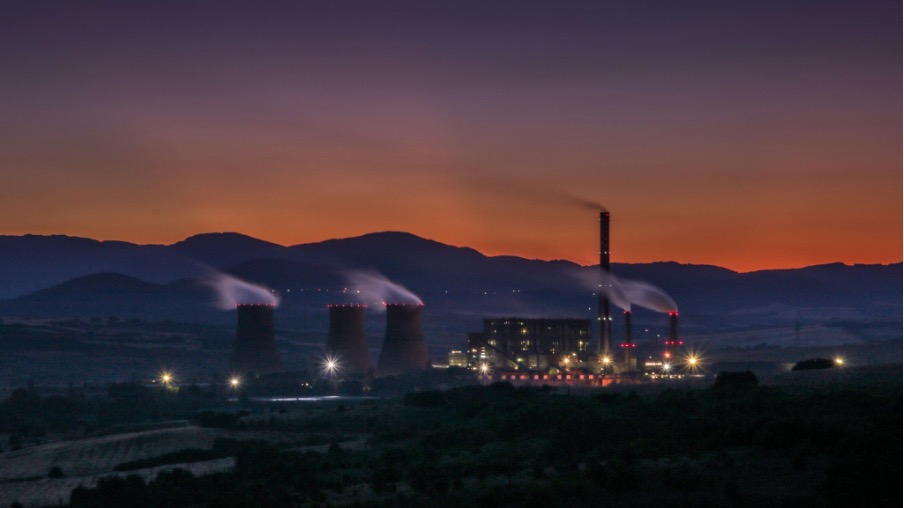How Climate Change drives a global water crisis

Climate Change is not just about rising temperatures; its profound impact extends to the very essence of life: water. Far from being a myth, water scarcity is a stark reality exacerbated by a disrupted global water cycle, threatening communities and ecosystems worldwide. The notion that water scarcity is unrelated to Climate Change is a dangerous misconception that ignores the interconnectedness of our planet’s systems.
Climate Change and the intensification of water scarcity
The Earth’s freshwater resources, which constitute a mere 0.5% of the total water on the planet[1], are under immense pressure. Over two billion people currently lack access to safe drinking water, and nearly half of the world’s population experiences severe water scarcity for at least part of the year. These numbers are projected to worsen significantly due to Climate Change and population growth.
Rising global temperatures are a primary driver of this crisis. They alter precipitation patterns, leading to less moisture in the soil due to increased evaporation. This drying effect, particularly pronounced in areas experiencing deforestation, reduces the soil’s capacity to absorb rainfall, leading to increased runoff, soil erosion, and localized flooding[2]. Conversely, the heightened moisture in the atmosphere from evaporation contributes to more severe and unpredictable storms, causing floods in areas historically unaccustomed to them. Interestingly, every 1°F (about 0.56°C) rise in temperature can lead to roughly 4% more water vapor in the air. Since the average surface temperature in 2020 was more than 2°F (about 1.1°C) warmer than it was a hundred years ago, the atmosphere can now hold nearly 9% more moisture — and clouds[3].
Disruptions in the global water cycle
Climate Change is throwing the natural balance of the water cycle into disarray, leading to a cascade of negative consequences:
- Changing precipitation patterns: Warming temperatures lead to longer droughts in some regions and more intense rainfall in others. This unpredictability makes it incredibly challenging for agriculture and water management, jeopardizing food security and stable water supplies[4].
- Melting glaciers and ice caps: Glaciers, ice caps, and snowfields, vital natural reservoirs that regulate freshwater resources for vast populations, are melting at alarming rates. This not only contributes to rising sea levels but also threatens the long-term water supply for millions who depend on glacier-fed rivers, such as those originating in the Himalayas and the Andes[5].
- Degradation of freshwater ecosystems: Climate Change is a significant factor in the degradation of freshwater ecosystems and the decline of species dependent on them. This is often compounded by unsustainable land use and pollution[6].
- Contamination of water sources: Increased flooding and rising sea levels can lead to the contamination of land and freshwater with saltwater or sewage, damaging critical water and sanitation infrastructure[7].
- Impact on terrestrial water storage: Terrestrial water storage, which includes groundwater, soil moisture, and surface water, has seen a global decline of 1 cm per year over the past two decades. This significant drop further impacts water security[8].
Addressing the crisis
The scientific consensus is clear: Climate Change is profoundly disrupting the global water cycle and exacerbating water scarcity. Limiting global warming to 1.5°C, as outlined in international climate agreements, could halve the proportion of the world’s population experiencing water scarcity[9].
The interconnectedness of the climate and water systems demands urgent action. Recognizing the very real ways climate change affects our water is key. It helps us get ready and tackle this worsening water crisis, ultimately aiming for a sustainable future where everyone has reliable access to clean water.
[1]https://www.unwater.org/sites/default/files/2025-01/UN-Water_Water_Facts_one_pager_January_2025.pdf
[2] https://www.earthday.org/how-deforestation-affects-the-water-cycle/
[3]https://www.edf.org/why-are-floods-hitting-more-places-and-people#:~:text=Global%20warming%20from%20climate%20change%20means%20more,4%25%20more%20water%20vapor%20in%20the%20air.
[4] https://climateinstitute.ca/news/fact-sheet-climate-change-and-drought/
[5] https://wilderness-society.org/global-water-cycle-and-the-growing-water-crisis/
[6] https://www.cbd.int/waters/problem
[7] https://smartwatermagazine.com/sites/default/files/article-download/feature_envirosuite_1.pdf
[8] https://www.un.org/en/climatechange/science/climate-issues/water
[9] https://www.un.org/en/climatechange/science/climate-issues/water
Other News

EU Adopts Methane Emissions Law for Energy Sector
The European Parliament has adopted a new law to reduce methane emissions from the energy sector, which is responsible for about a third of current global warming.
